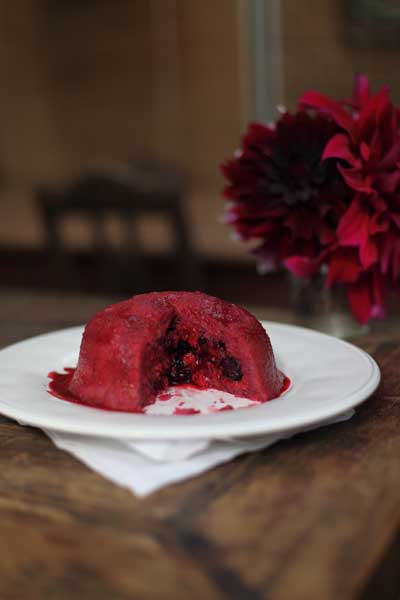
Your support helps us to tell the story
From reproductive rights to climate change to Big Tech, The Independent is on the ground when the story is developing. Whether it's investigating the financials of Elon Musk's pro-Trump PAC or producing our latest documentary, 'The A Word', which shines a light on the American women fighting for reproductive rights, we know how important it is to parse out the facts from the messaging.
At such a critical moment in US history, we need reporters on the ground. Your donation allows us to keep sending journalists to speak to both sides of the story.
The Independent is trusted by Americans across the entire political spectrum. And unlike many other quality news outlets, we choose not to lock Americans out of our reporting and analysis with paywalls. We believe quality journalism should be available to everyone, paid for by those who can afford it.
Your support makes all the difference.Just recently I ate the most delicious of all summer puddings in Shanagarry, County Cork, at Ballymaloe House. It was heavily laced with blackcurrants, with tart, sweet, ripe berries colliding to make this most quintessential of English puddings. I like to use a classic sponge to line the mould – but if you prefer to use bread, do choose a good-quality loaf.
The proportions of the fruits used doesn't really matter: what is important is the selection. You need a mix of tart and sweet – so red or blackcurrants are a must, as are raspberries and blackberries.
For the sponge base
220g/71/2oz butter
220g/71/2oz caster sugar
4 large eggs, beaten
220g/71/2oz self-raising flour
For the berry filling
4 punnets raspberries
3 punnets blackberries
2 punnets redcurrants
1 punnet blackcurrants
2 tbsp icing sugar
Preheat the oven to 180C/350F/Gas4.
To make the sponge, cream together the butter and sugar. Gradually add in the eggs, making sure the mixture doesn't split – you can add in bit of flour if it looks as though it might. Sift in the flour and gently fold in. Spread into two large flat trays and bake for around 12 minutes, or until cooked.
In the meantime, pick over the berries, then place into a bowl. Add the sugar and toss lightly to combine. Now put the berries into a heavy-based, non-reactive saucepan and place over a medium heat. Warm the berries until they soften and become juicy and the sugar has dissolved.
Now put together the pudding: line a bowl with clingfilm, cut a circle from the sponge for the bottom of the bowl, then cut out segments of sponge to line the sides.
Spoon the berries into the lined pudding basin while they are still warm and place a final, whole piece of sponge on top to create, in effect, a lid, patching here and there with smaller pieces to ensure that there are no spaces. Allow to cool to room temperature.
Place a plate on top to help weigh down the fruit and place in the fridge for two hours to allow the pudding to set.
To serve, invert the pudding on to a plate. It should unmould easily. Serve as it is – this blood-red dome looks most beguiling brought to the table – and pass around a jug of pouring cream.
It is imperative that traditional aged balsamic is used – it should be viscous and sweet to complement the ripeness of the strawberries.
Join our commenting forum
Join thought-provoking conversations, follow other Independent readers and see their replies
Comments